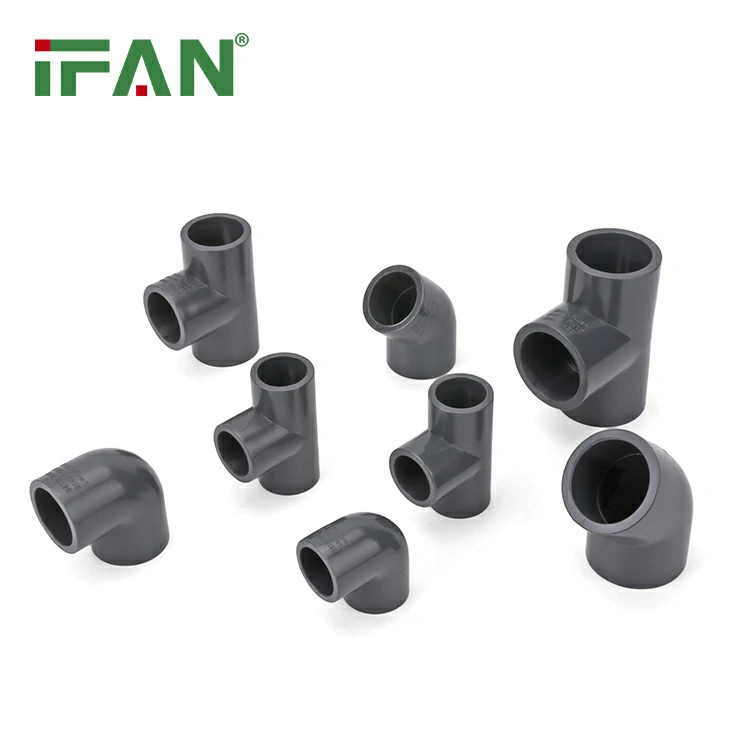Introduction to UPVC Pipe Fittings
UPVC (unplasticized polyvinyl chloride) pipe fittings are widely used in plumbing and drainage systems. They are valued for their durability, chemical resistance, and affordability. Understanding their replacement frequency helps ensure system reliability. This article explores factors influencing how often UPVC pipe fittings need replacement.
Durability and Longevity of UPVC Pipe Fittings
UPVC pipe fittings are designed to last for decades. With proper installation and maintenance, they can remain functional for 50 to 100 years. Their robust material composition makes them resistant to corrosion and chemical damage. This durability reduces the need for frequent replacements.
Signs That Replacement Is Needed
UPVC pipe fittings may need replacement if they show signs of wear or damage. Common indicators include cracks, leaks, discoloration, or deformation. For example, a fitting exposed to extreme sunlight may become brittle and require replacement. Regular inspections help identify these issues early.
Impact of Installation Quality
High-quality installation extends the lifespan of UPVC pipe fittings. Poor installation can lead to misalignment, leaks, or premature failure. For instance, improper use of adhesives or incorrect fitting sizes can cause problems. Ensuring professional installation minimizes the need for frequent replacements.

Environmental Factors Affecting Replacement
Environmental conditions influence how often UPVC pipe fittings need replacement. Exposure to UV rays, extreme temperatures, or harsh chemicals can degrade the material. For example, outdoor fittings may require protective coatings to prevent damage. Addressing these factors reduces replacement frequency.
Usage and System Pressure
The frequency of replacement depends on the system’s usage and pressure levels. High-pressure systems or those with constant water flow may stress UPVC pipe fittings more. For instance, industrial applications may require more frequent inspections and replacements compared to residential systems.
Maintenance Practices
Regular maintenance can significantly reduce the need for replacement. Cleaning fittings, checking for leaks, and protecting them from physical damage ensure longevity. For example, replacing worn-out seals or gaskets can prevent leaks. Proactive maintenance keeps UPVC pipe fittings functional for longer.
Comparing UPVC to Other Materials
UPVC pipe fittings generally require less frequent replacement than metal or plastic alternatives. For example, metal fittings may corrode over time, while plastic fittings may degrade faster under UV exposure. UPVC’s durability makes it a cost-effective choice for long-term use.
Conclusion
UPVC pipe fittings are durable and require infrequent replacement under optimal conditions. Their lifespan depends on installation quality, environmental factors, usage, and maintenance. Regular inspections and proper care ensure they remain functional for decades. UPVC fittings are a reliable and low-maintenance solution for plumbing and drainage systems.

